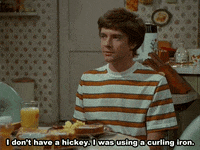
You may have heard the sage advice of avoiding heat damage for the healthier hair, but do you know what that means and how it best applies to you and achieving your style? Wicked Hues Hair Salon is all about educating you on the science and history of hair care so you can better understand the whys and the hows of hair care to style your hair without damage from heat.
How many times have you or someone you know burnt themselves with a flat iron, curling iron, curling wand, etc?
It’s a common movie trope at this point.
How many times have you had or heard of first degree burns from a blow dryer?
None, right?
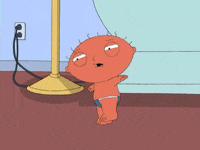
What about a sunburn?
Sure some of that’s UVA and UVB, but some of it is also the heat!
Let’s go over some context about what avoiding heat means, when it applies, and why.
To do that, we have to go back.
Way back.
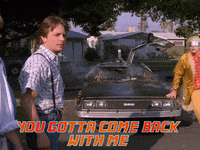
The technique of using metal and heat to style hair stretches back centuries, but it wasn’t until the 19th century that the commercial hot comb emerged. These metal combs were heated on a stove and then used to press through oiled hair, temporarily achieving sleek, straight styles.
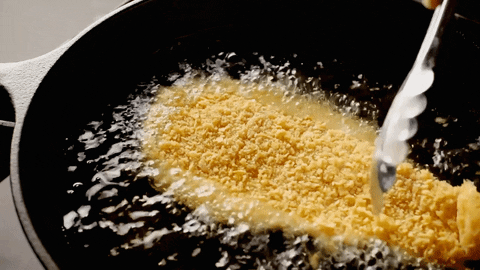
The hot comb was initially invented in 1870s, and the impact broadened significantly when Madam CJ Walker adopted the hot comb into her renowned pressing system in the early 1900s, distributing them to every stylist who completed her training program.
What do we now know about the combination of oil and heat? That’s right, it’s great for frying things!
By the 1960’s, we had learned that we could use less heat to achieve the same results with less damage, and by creating electric tools, we added a control element to the amount of heat produced so that it was less likely to singe your hair or your scalp. This standardized the temperature of hot tools to about 400ºF (200ºC) because we had learned that we could use less heat to achieve the same results and with less damage.
Unfortunately the styles at the time required those with curlier hair types to straighten them, and only those with the money available to perm their hair could wear their hair curly.
This was around the same era as the Civil Rights (from 1954 to 1968) movement which included the Natural Hair Movement because African Americans were fighting for basic rights. This was also around that era in which the cosmetic science of how to care for curly hair as curly hair truly started evolving.
“Avoid Heat” was the absolute basics of hair care that supported and enhanced curls for this era.
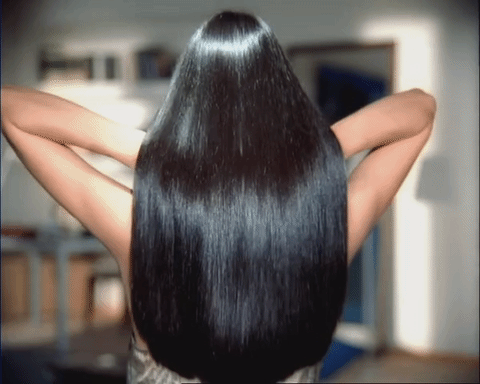
For about 20 years, the best advice was to be cautious with hot styling tools, since it wasn’t until 1984 that products specifically designed to protect hair from heat damage first appeared. By 2005, Keratin Treatments had become popular in the United States, prompting people to repeatedly use flat irons to achieve the sleek, straight styles seen on celebrities and affluent acquaintances—often reapplying heat to any overnight kinks without the re-application of heat protection. It wouldn’t be until a few years later that we learned about the benefits of ceramic flat irons, which distribute heat more evenly and significantly reduce heat damage. These modern tools also typically feature a temperature control dial, enabling customization of heat settings to suit different hair types and further enhance hair protection.
What we know now:
Our hair is made up of chains of proteins that are connected by 3 different kinds of bonds:
- Hydrogen bonds: weak and temporary, broken often by water, wind, and humidity.
- Salt bonds: slightly stronger, affected by pH imbalances. Some shampoos and conditioners can also break these bonds.
- Disulfide bonds: much stronger and more permanent bonds compared to hydrogen and salt bonds. These change through chemical treatments, like perming or relaxing, which specifically target these bonds to alter the hair’s natural texture permanently.
When you use a hair dryer, it heats the air to speed up the evaporation of water from your hair. Water breaks the hydrogen bonds in your hair. As your hair dries, these bonds reform, allowing you to reshape your hair. When you use a hot tool, it places the heating element directly onto your hair. As it heats it breaks the hydrogen bonds in your hair, and those bonds reform as the hair cools.
Excessive or high heat from flat irons and curling irons can weaken disulfide bonds over time leading to permanent damage and changes in the hair’s natural texture. Oils cause the heat to reach hotter temperatures, and allows for a more thorough spread of those hotter temperatures, which is why the combination of oil and heat (even oil and sun) can cause more permanent damage.
So what does “Avoiding Heat Damage” mean?
Well, originally, it meant “avoid fire”. Before the 1960s it just meant avoiding a hot comb straight from the fire. By 1984, it meant avoid heat when you can, but if you must, remember to use a heat protectant hair care product. By 2011, we learned to adjust the heat for your hair type and color history as well as using heat protectant every time.
How do we “Avoid Heat Damage”, Today?
Because we know where the addage originated, and why it is important, we also know how we can apply it to modern hair styles, tools, and techniques.
- Avoid Excess Heat – For some hair types, like thin and fine hair that has been pre-lightened, as little as 180ºF (80ºC) is plenty. For dense and coarse, virgin hair we still don’t go above 350ºF (175ºC).
- Use Heat Protection – For every tool, every time. Plenty of products contain enough heat protection for blow dryers (indirect heat source, on wet hair), but if you know you’ll be using a flat iron, we recommend adding a heat protection to your wet styling session, and a different protection specifically for flat ironing.
- Protect from the sun! – The heat outside in the summer slowly builds up overtime, especially with the addition of UVA and UVB rays. Protection from the elements is built-in to a lot of our products, but a good set to start with is always the Color Lock System
- Avoid oils – Oils in their raw form, especially from the kitchen section, not only add damage by nature, but also enhance the heat from any heat source (including the sun!) which can lead to the heat being hot enough to cause more permanent damage.
- Avoid Repetitive Exposure – Style hair with a hot tool once before washing it and starting over, especially when changing styles. Consider other ways to refresh on the following days than reapplying more heat.
- Opt for blow dryer styling over a flat iron – indirect heat is much less damaging than direct heat. Blow dryers are not as hot as hot tools, and a lot of hair care products contain ingredients that aid in heat protection for this kind of heat. Indirect heat doesn’t burn on contact, so you’ll have plenty of warning before frying your skin or your hair!
- Make sure hair is over 100% dry before using any hot tool, and over 80% dry before using a round brush while styling.